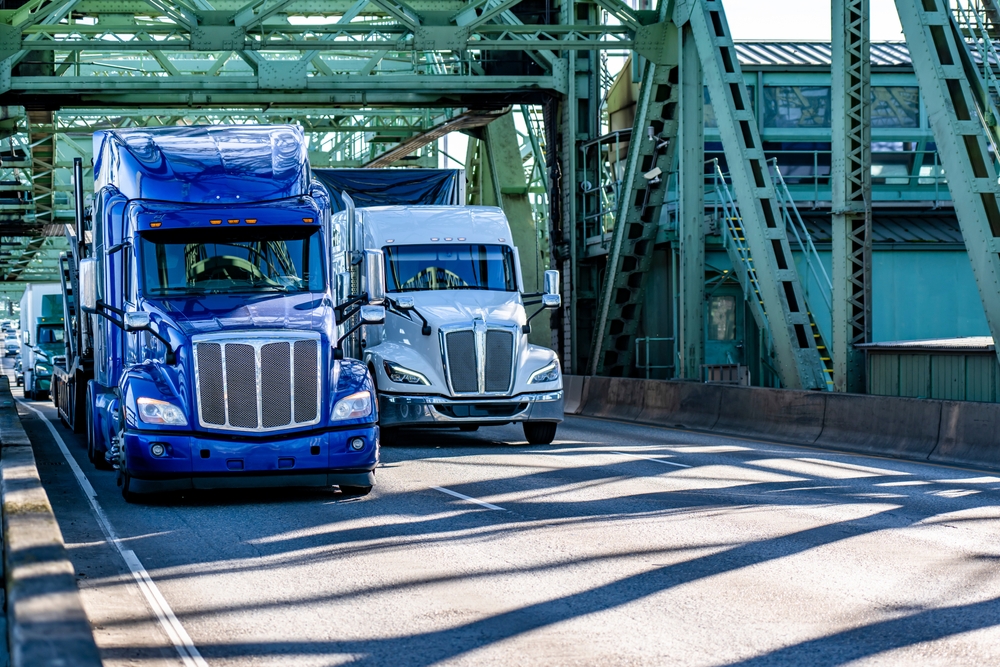
In the rapidly evolving world of trucking, connected technologies like telematics systems, electronic logging devices (ELDs), and dashboard cameras are revolutionizing fleet management. These technologies generate vast amounts of data, offering fleet managers the tools to monitor operations more closely and enhance safety and efficiency.
The Power of Data-Driven Decisions
With the integration of the Internet of Things (IoT) and artificial intelligence (AI), fleet managers can now process and act on real-time data from various sources, including vehicle tracking systems, driver performance monitoring tools, and even drivers’ mobile devices. Ryan Domengeaux, Chief Legal Officer at United Vision Logistics (UVL), emphasizes the value of onboard video systems, describing dashcam footage as “electronic gold.” These dashcams, provided by Motive, allow UVL to address accidents almost immediately, significantly improving response times and safety outcomes.
Enhanced Safety and Efficiency
Companies like Stewart Transport are also leveraging integrated telematics systems to streamline operations. Stewart uses Driver•i One, a system that combines Netradyne’s video-based safety technology with Geotab’s fleet management capabilities. This integration allows fleet managers like Amanda Gallegos, Stewart’s Director of Risk Management, to access driver logs and corresponding video footage seamlessly, which was previously a time-consuming process. The company focuses on monitoring distracted driving, speeding, and following distance—critical factors that can lead to severe accidents.
AI plays a pivotal role in analyzing the vast data generated by these systems. While AI helps identify risky behaviors, human oversight remains crucial. For instance, at Stewart Transport, a dedicated employee reviews AI-tagged videos to prioritize the most critical incidents. This process ensures that safety campaigns are data-driven and continually updated based on the latest findings.
The Role of AI in Predictive Maintenance
The application of AI extends beyond safety monitoring. It also enhances predictive maintenance, where AI and machine learning analyze engine diagnostics to predict potential failures before they happen. Companies using this technology have seen a reduction in breakdowns, though acceptance of AI’s predictions among drivers and manufacturers remains a challenge.
As connected truck technologies advance, they not only improve operational efficiency but also push the industry towards a more integrated and safer future. With the continued development of AI and IoT, the potential for even greater innovations in fleet management is vast, helping carriers meet the rising demands of today’s complex logistics landscape.
Source:
https://www.ttnews.com/articles/trucking-telematics-fleet-managers











Leave a Comment